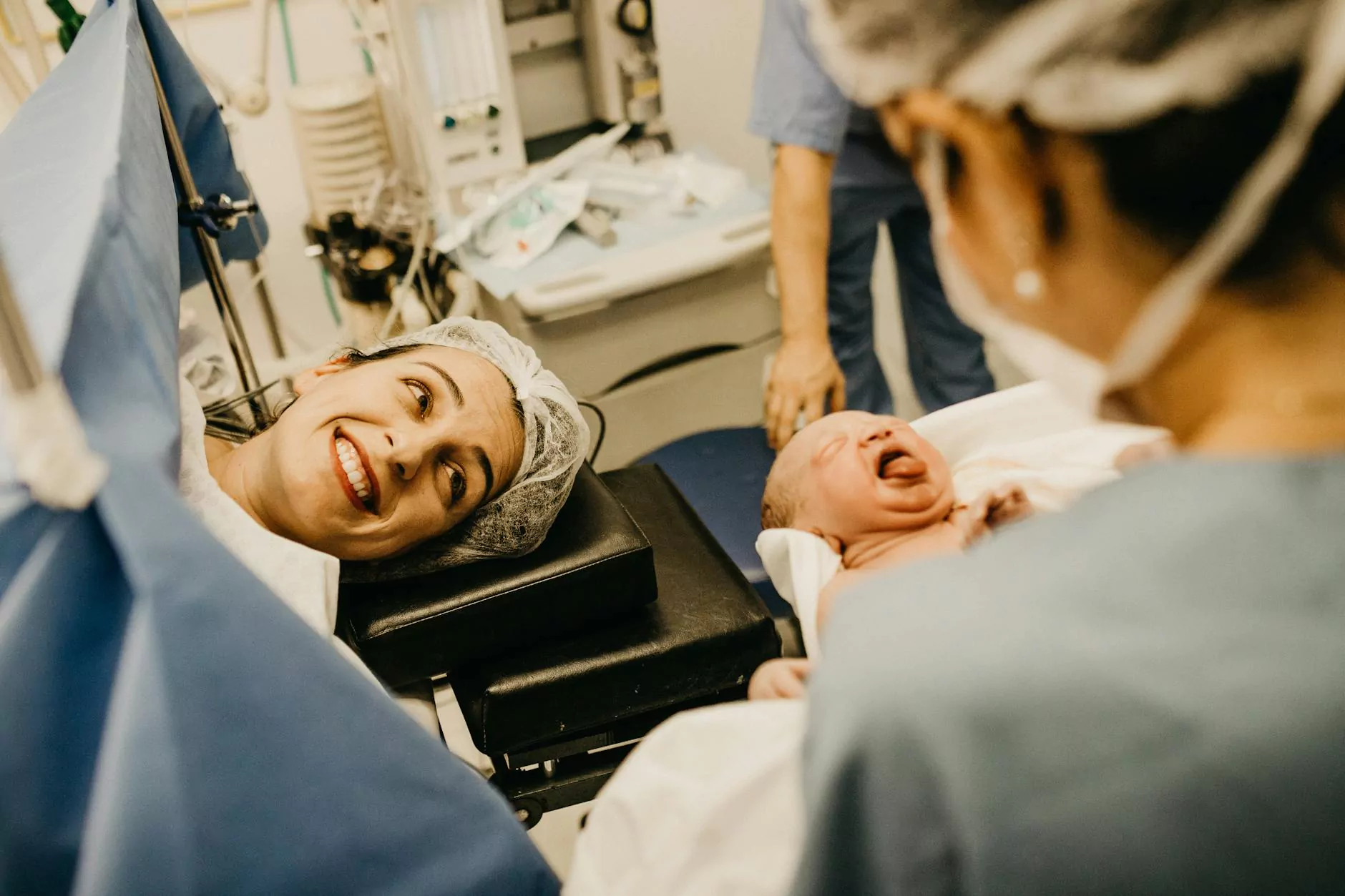Understanding Breast Reduction: A Comprehensive Guide

Breast reduction, also known as reduction mammaplasty, is a surgical procedure aimed at reducing the size of large breasts by removing excess breast fat, glandular tissue, and skin. This transformative surgery is sought by many individuals for various reasons, ranging from physical comfort to psychological well-being. In this article, we will delve into the intricacies of breast reduction, exploring its benefits, the surgical process, potential risks, and recovery, all while ensuring that you have a complete understanding of what to expect.
Why Consider Breast Reduction?
Many individuals consider breast reduction for a multitude of reasons, including:
- Physical Discomfort: Large breasts can lead to chronic back, neck, and shoulder pain, making everyday activities uncomfortable.
- Posture Improvement: Reducing breast size can enhance posture and alleviate strain on the spine and muscles.
- Enhanced Physical Activity: Many individuals find that large breasts limit their ability to engage in physical activities or exercise comfortably.
- Psychosocial Benefits: Individuals often report higher self-esteem, body image improvement, and overall satisfaction post-surgery.
- Clothing Fit: Many find it challenging to find clothes that fit well due to disproportionate breast size, leading to frustration and low confidence.
The Surgical Process: What to Expect
The journey to achieving a more comfortable breast size begins with careful consideration and consultation with a qualified surgeon. Here’s what you can expect during the breast reduction process:
1. Consultation and Evaluation
Your journey will start with an initial consultation with a board-certified plastic surgeon. During this appointment, you will discuss your medical history, the reasons for seeking breast reduction, and your aesthetic goals.
2. Pre-Operative Preparations
Your surgeon will provide instructions to prepare you for surgery, which may include:
- Avoiding blood thinners.
- Maintaining a healthy lifestyle.
- Arranging post-operative care from a friend or family member.
3. The Surgery
Breast reduction surgery typically lasts between 2 to 5 hours and is performed under general anesthesia. The specific technique used will depend on your preferences and the amount of reduction required. The common techniques include:
- The anchor technique: Involves incisions around the areola, vertically down to the breast crease, and along the breast fold.
- The vertical technique: Similar to the anchor technique but avoids the incision along the breast fold.
- Liposuction: This method is used for smaller reductions, where excess fat is removed through small incisions.
4. Post-Operative Care
After the surgery, you will need to follow specific post-operative care guidelines to ensure proper healing. This may include:
- Wearing a support bra to reduce swelling and support healing.
- Avoiding strenuous activities for several weeks.
- Attending follow-up appointments to monitor the healing process.
Benefits of Breast Reduction Surgery
Choosing to undergo breast reduction can result in numerous physical and emotional benefits. Some of these benefits include:
- Reduction of Physical Pain: Many patients experience significant relief from chronic pain in the back, neck, and shoulders.
- Improved Mobility: With decreased breast size, many women find it easier to engage in physical activities.
- Better Clothing Options: Patients often gain more confidence in their ability to find clothing that fits well and flatters their body shape.
- Enhanced Self-Esteem: Many report an increased confidence level and a more positive self-image following the procedure.
Potential Risks and Considerations
Like any surgical procedure, breast reduction comes with its own set of potential risks and complications. While the vast majority of patients experience successful outcomes, it’s crucial to be aware of these risks:
- Infection: As with any surgical procedure, there is a risk of infection.
- Scarring: Some patients may experience noticeable scars after surgery, although these typically fade over time.
- Changes in Sensation: Some women may notice changes in sensation in the nipple area, which can be temporary or permanent.
- Breastfeeding: Although many women can breastfeed after the procedure, it is important to discuss this with your surgeon beforehand.
Recovery After Breast Reduction Surgery
The recovery period following breast reduction surgery varies from person to person. However, there are several key aspects to consider during this time:
1. Initial Recovery
Immediately after surgery, it's common to experience some swelling and discomfort, which can be managed with prescribed pain medications.
2. Activity Restrictions
Patients are typically advised to avoid strenuous activities and heavy lifting for at least 4-6 weeks. However, light walking is encouraged to promote blood circulation.
3. Follow-Up Appointments
Regular check-ups with your surgeon will ensure that your recovery is progressing as expected. It’s crucial to keep these appointments to address any concerns.
Conclusion: Is Breast Reduction Right for You?
In conclusion, breast reduction is more than just a cosmetic procedure; it’s a significant step towards improving your overall quality of life. If you suffer from discomfort caused by large breasts or seek to enhance your body image, this surgery might be worthwhile.
Before undergoing any procedure, it is vital to consult with a qualified healthcare provider, who can tailor the approach to your individual needs and expectations. By understanding the benefits, risks, and what to expect during recovery, you can make a fully informed decision about whether breast reduction surgery is right for you.
For more information on breast reduction and to schedule a consultation, visit our website at thewellcome.com where you can find expert doctors in the Health & Medical category, specializing in medical treatments and care.









